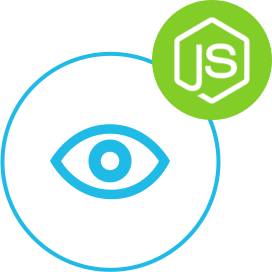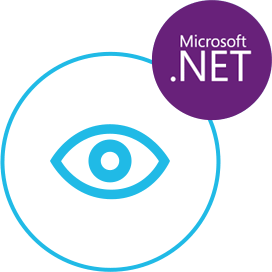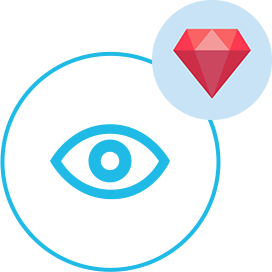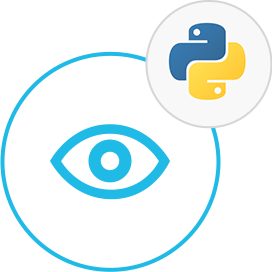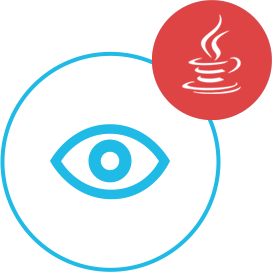Streamline Your Android Experience with GroupDocs.Viewer Cloud’s Seamless TSV Format Support
GroupDocs.Viewer Cloud is a powerful document viewer that offers seamless integration with the Android platform. With its easy-to-use interface and robust features, users can quickly render and display TSV (Tab-Separated Values) files directly within their Android applications.
Accessing and viewing TSV files on Android devices has never been easier with GroupDocs.Viewer Cloud. Users can effortlessly open and navigate through their tabular data, making it convenient to read and analyze information on the go. The cloud-based nature of the viewer ensures that files are securely stored and can be accessed from anywhere with an internet connection.
Whether you’re working with financial data, inventory lists, or any other tabular content in TSV format, GroupDocs.Viewer Cloud provides a reliable solution for viewing and managing your files on Android. The flexibility and accessibility of the platform make it a valuable tool for professionals and businesses seeking efficient document viewing capabilities on the go.

